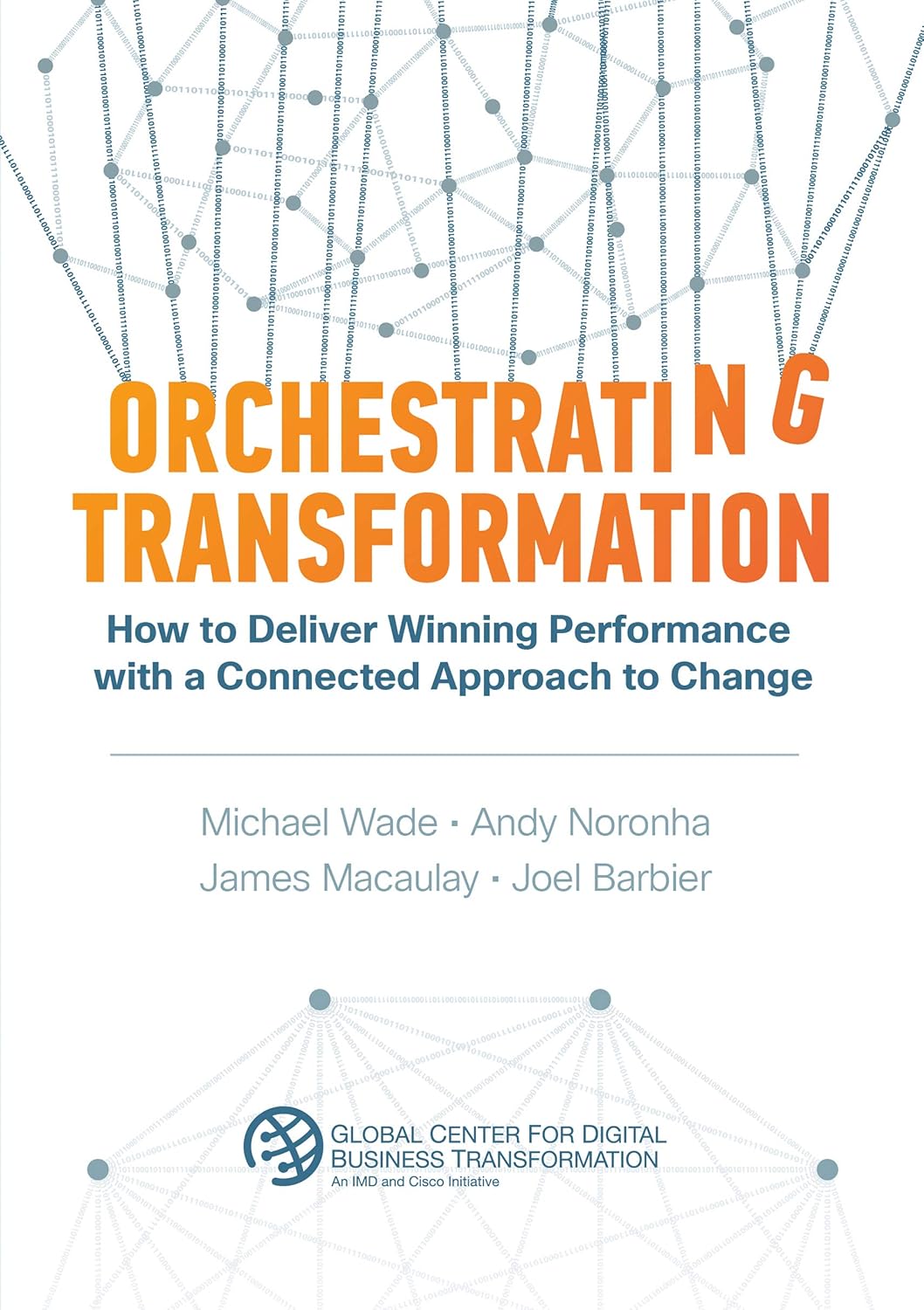Your cart is currently empty!
Tag: Connected
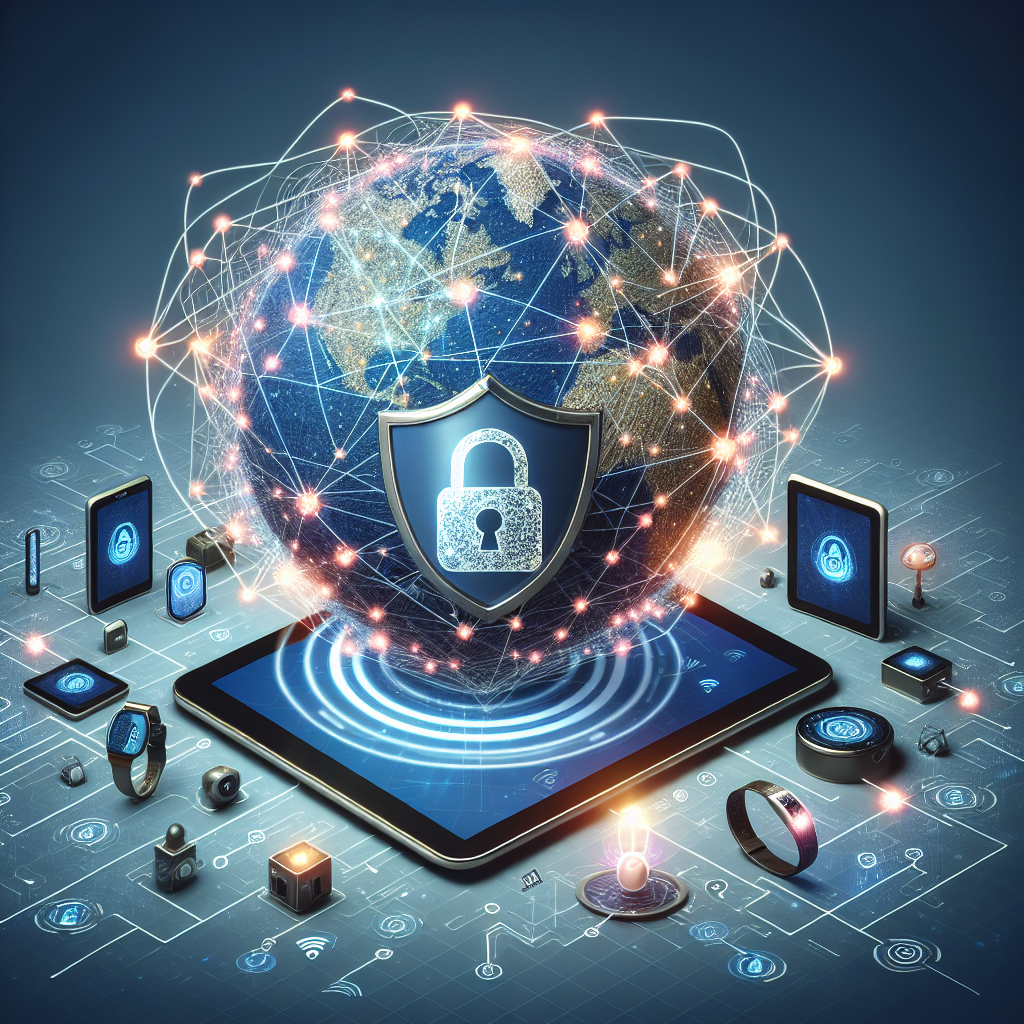
Cybersecurity in the Age of IoT: Protecting Connected Devices
In the age of the Internet of Things (IoT), where everyday objects are connected to the internet and each other, cybersecurity has become more important than ever. With the proliferation of smart devices such as thermostats, cameras, and even refrigerators, the potential for hackers to exploit vulnerabilities and gain access to personal information has increased significantly.Protecting connected devices from cyber threats is crucial in ensuring the safety and security of individuals and businesses alike. Here are some key strategies to help safeguard your IoT devices:
1. Keep devices up to date: Just like with computers and smartphones, it is important to regularly update the software on your IoT devices. Manufacturers often release patches and updates to address security vulnerabilities, so make sure to install them as soon as they become available.
2. Change default passwords: Many IoT devices come with default passwords that are easy for hackers to guess. Be sure to change these passwords to something strong and unique to prevent unauthorized access.
3. Secure your network: Make sure your home or business network is secure by using a strong password, enabling encryption, and disabling remote access to your router. This will help prevent hackers from gaining access to your devices through your network.
4. Use a firewall: A firewall can help protect your devices from external threats by monitoring and controlling incoming and outgoing traffic. Consider installing a firewall on your network or using a router with built-in firewall capabilities.
5. Disable unnecessary features: Some IoT devices come with features that may not be necessary for your needs but could pose a security risk. Disable any features that you do not use to reduce the potential attack surface.
6. Monitor device activity: Keep an eye on the activity of your IoT devices and look out for any unusual behavior, such as unexpected data transfers or connections. This could be a sign that your device has been compromised.
7. Invest in cybersecurity solutions: Consider investing in cybersecurity solutions specifically designed for IoT devices, such as antivirus software or intrusion detection systems. These tools can help detect and prevent cyber threats before they cause harm.
In conclusion, cybersecurity is a critical consideration in the age of IoT, as connected devices are increasingly becoming targets for hackers. By following these tips and implementing best practices, you can help protect your devices and ensure the safety and security of your personal information. Stay vigilant and proactive in safeguarding your IoT devices to minimize the risk of cyber threats.
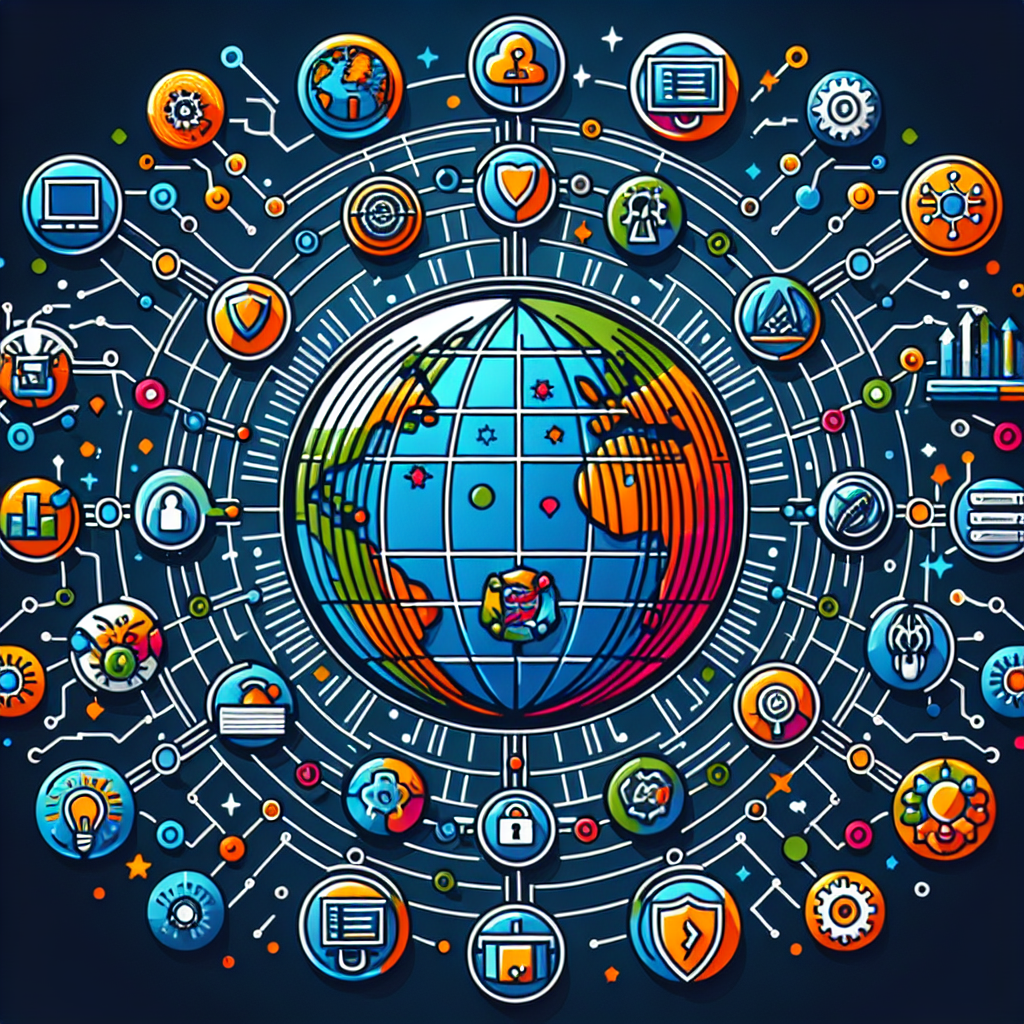
Network Management: Challenges and Solutions in a Connected World
In today’s connected world, network management has become increasingly complex and challenging. With the proliferation of devices, applications, and data flowing through networks, IT professionals are faced with the daunting task of ensuring that networks remain secure, reliable, and efficient. In this article, we will explore some of the key challenges facing network management in a connected world, as well as potential solutions to address these challenges.One of the major challenges in network management is the sheer volume of devices that are now connected to networks. With the rise of the Internet of Things (IoT), everything from smartphones and laptops to thermostats and refrigerators are now connected to the internet. This explosion of devices has made it difficult for IT professionals to keep track of all the devices on their networks and ensure that they are properly configured and secured.
Another challenge in network management is the increasing complexity of networks themselves. As networks become more distributed and virtualized, with data and applications moving between on-premises data centers and cloud environments, IT professionals are faced with the task of managing networks that are constantly changing and evolving. This complexity can make it difficult to troubleshoot network issues and ensure that networks are optimized for performance.
Security is also a major concern in network management, as networks are increasingly targeted by cybercriminals looking to steal sensitive information or disrupt operations. With the growing number of devices connected to networks, IT professionals must ensure that networks are properly secured and that sensitive data is protected from unauthorized access. This requires implementing robust security measures, such as firewalls, encryption, and intrusion detection systems, as well as regularly updating and patching network devices to address vulnerabilities.
To address these challenges, IT professionals can implement a number of solutions to help manage networks in a connected world. Network management tools, such as network monitoring software and configuration management tools, can help IT professionals keep track of devices on their networks, monitor network performance, and troubleshoot network issues. Automation tools can also help streamline network management tasks, such as provisioning new devices or deploying software updates, saving time and reducing the potential for human error.
In addition, IT professionals can implement security best practices to help protect networks from cyber threats. This includes regularly updating and patching network devices, implementing strong password policies, and conducting regular security audits to identify and address vulnerabilities. Training employees on cybersecurity best practices can also help reduce the risk of a network breach.
In conclusion, network management in a connected world presents a number of challenges, from the sheer volume of devices connected to networks to the increasing complexity of network infrastructure. By implementing network management tools, automation solutions, and security best practices, IT professionals can better manage their networks and ensure that they remain secure, reliable, and efficient in the face of evolving threats and technologies.
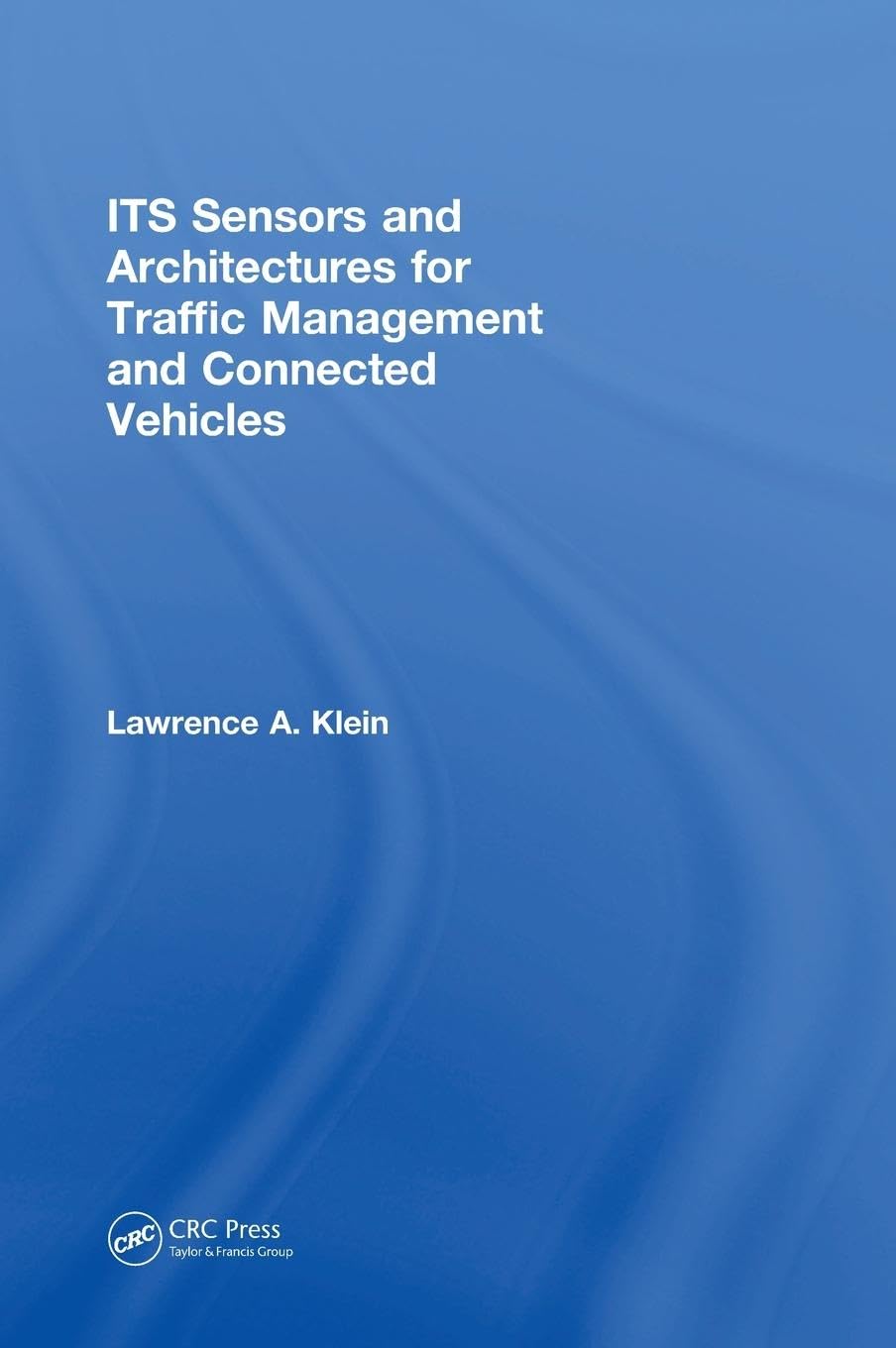
ITS Sensors and Architectures for Traffic Management and Connected Vehicles
Price:$200.00– $158.55
(as of Nov 21,2024 01:32:38 UTC – Details)
Publisher : CRC Press; 1st edition (August 21, 2017)
Language : English
Hardcover : 542 pages
ISBN-10 : 1138634077
ISBN-13 : 978-1138634077
Item Weight : 2.94 pounds
Dimensions : 7.25 x 1.5 x 10.25 inches
In today’s rapidly evolving transportation landscape, the use of Intelligent Transportation Systems (ITS) sensors and architectures is becoming increasingly crucial for effective traffic management and the successful integration of connected vehicles.ITS sensors, such as cameras, radar, lidar, and inductive loops, play a vital role in collecting real-time data on traffic flow, vehicle speeds, and road conditions. This data is then used to optimize traffic signal timing, detect incidents, and provide valuable information to drivers through connected vehicle technologies.
Architectures for ITS systems are designed to efficiently process and analyze the vast amounts of data collected by sensors. These architectures often involve the use of cloud computing, edge computing, and communication networks to ensure seamless connectivity and timely dissemination of information to traffic management centers and connected vehicles.
By leveraging ITS sensors and architectures, transportation agencies can improve road safety, reduce congestion, and enhance the overall efficiency of the transportation network. Connected vehicles, equipped with advanced communication technologies, can receive real-time traffic updates, weather alerts, and road hazard warnings, allowing drivers to make informed decisions and navigate more efficiently.
As we continue to embrace the era of smart transportation, the deployment of ITS sensors and architectures will be key in shaping the future of traffic management and connected vehicles. By investing in these technologies, we can create safer, more sustainable, and more connected transportation systems for all.
#Sensors #Architectures #Traffic #Management #Connected #Vehicles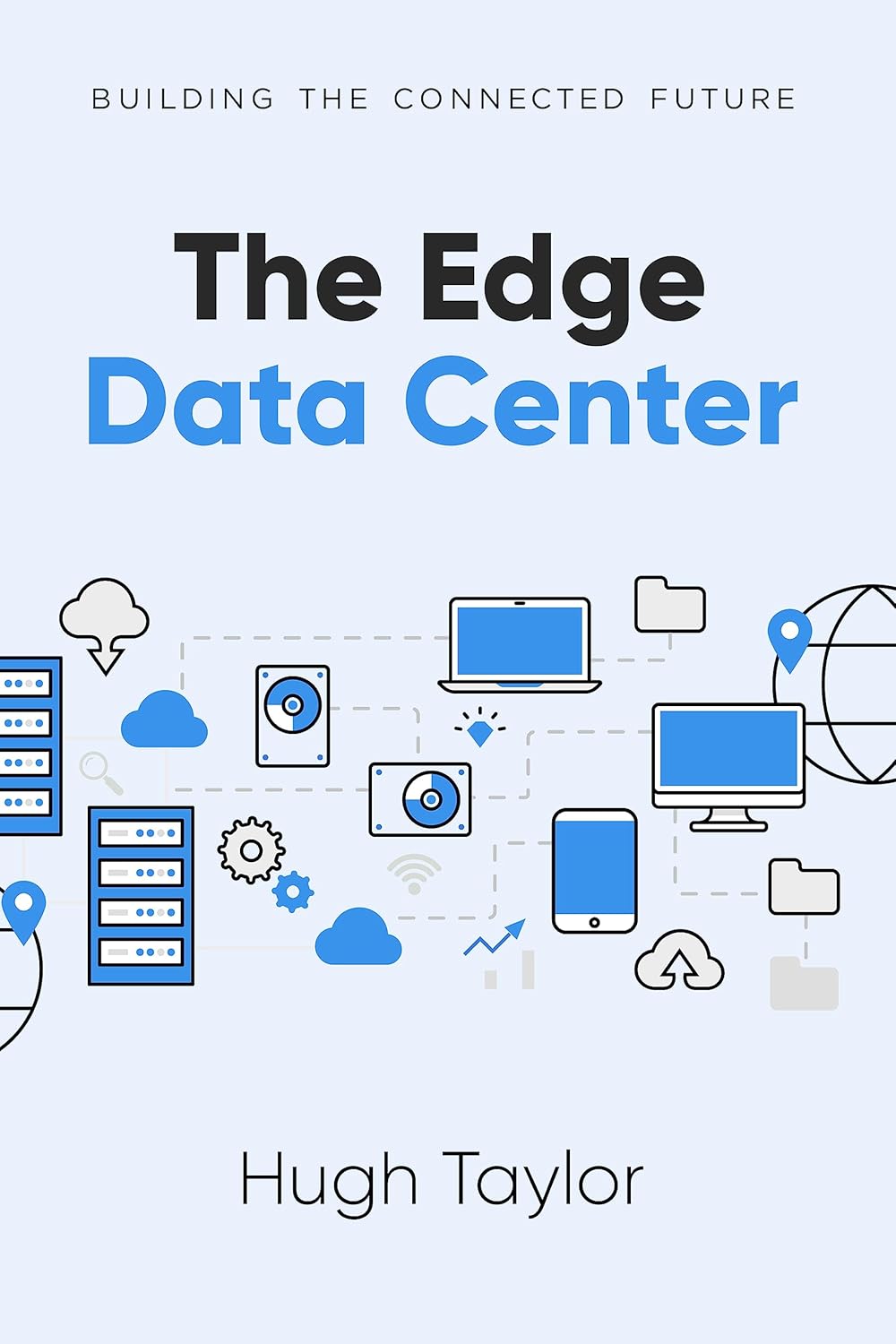
The Edge Data Center: Building the Connected Future
Price:$31.99– $26.65
(as of Nov 19,2024 15:35:42 UTC – Details)
Publisher : Business Expert Press (July 12, 2023)
Language : English
Paperback : 152 pages
ISBN-10 : 1637425007
ISBN-13 : 978-1637425008
Item Weight : 8 ounces
Dimensions : 6 x 0.35 x 9 inches
The Edge Data Center: Building the Connected FutureIn today’s digital age, connectivity is key. From streaming movies and music to accessing critical business applications, our reliance on data and the internet continues to grow. This is where the edge data center comes into play.
The edge data center is a decentralized data storage and processing solution that brings computing power closer to the end user. By placing servers and storage devices at the edge of the network, data can be processed and delivered more quickly, reducing latency and improving the overall user experience.
This technology is essential for the growing number of Internet of Things (IoT) devices that require real-time data processing and analysis. From smart appliances to autonomous vehicles, edge data centers are the backbone of the connected future.
But building a robust edge data center requires careful planning and investment. From choosing the right location to selecting the right hardware and software solutions, there are many factors to consider. However, the benefits of a well-designed edge data center are well worth the effort.
As we continue to embrace the digital revolution, the edge data center will play a crucial role in building the connected future. By investing in this technology now, businesses and individuals can ensure that they stay ahead of the curve and continue to enjoy seamless connectivity for years to come.
#Edge #Data #Center #Building #Connected #Future
